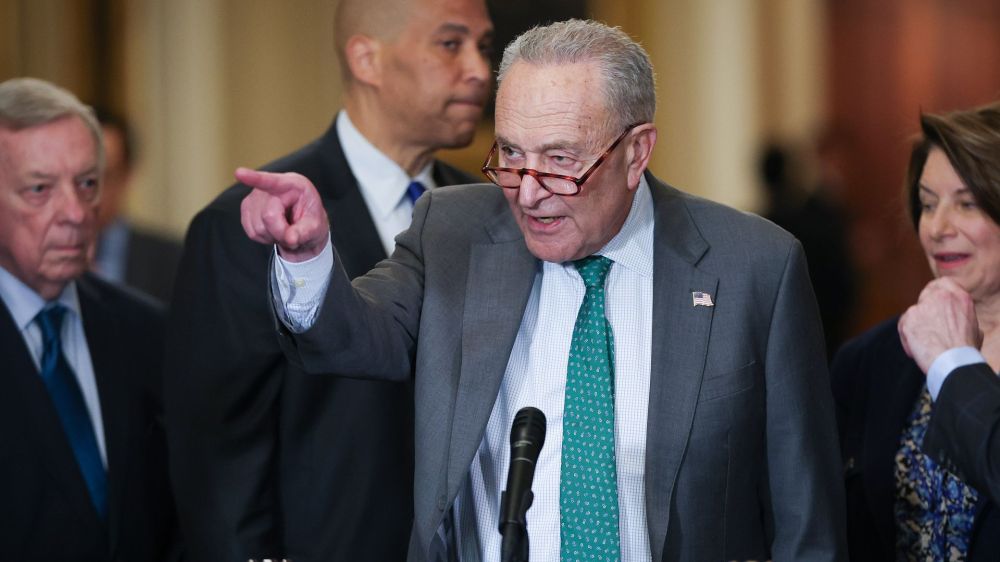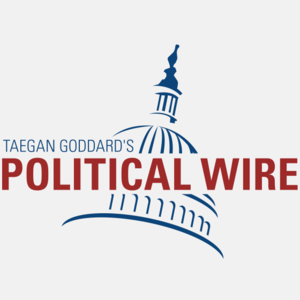- Nine Democrats and one independent joined Republicans to advance a government funding package through the Senate. The chamber needed to send the bill to President Trump before midnight on Friday to avoid a government shutdown.
- The bill increases military spending by $6 billion and decreases non-defense spending by $13 billion.
- Majority Leader John Thune said, now that 2025 funding is complete, they will start working on fiscal year 2026 appropriations, which begin Oct. 1.
Full Story
Nine Democrats and one independent joined Republicans to advance a government funding package through the Senate, as the chamber worked to approve the bill before the midnight deadline on Friday, March 14.
The House of Representatives approved the legislation on a nearly party-line vote Tuesday, March 11. All but one Democrat voted against the bill, and all but one Republican voted for it.
The bill increases military spending by $6 billion and decreases non-defense spending by $13 billion.
How close was the bill to failing?
It appeared that the bill was dead in the water earlier this week when Senate Minority Leader Chuck Schumer, D-N.Y., announced that Democrats would not provide the votes needed to get the bill over the finish line.
The Senate’s 53-47 balance of power meant at least seven Democrats had to vote in favor to overcome a 60-vote filibuster. Kentucky Republican Sen. Rand Paul said days ago he was a firm no, meaning GOP Majority Leader John Thune, S.D., needed to pick up eight votes from the other side of the aisle.
Sen. Schumer flipped his vote on Thursday, March 13, and said he would vote yes, giving his Democratic caucus the green light to do the same.
Why did some Democrats flip their votes?
Democrats said they were concerned that Donald Trump could determine which employees are essential and have to continue working without pay, and which would get furloughed in the event of a government shutdown. They contend that the Department of Government Efficiency (DOGE) could also use it as a tool to essentially lay off more government employees.
“Under a shutdown, the Trump administration would have full authority to deem whole agencies, programs and personnel nonessential, furloughing staff with no promise that they would ever be rehired,” Schumer said.
While Republicans and Democrats can debate the content of the bill, neither side can defend the process. Congress is supposed to pass 12 appropriations bills every year that each fund a different governmental department.
Even with the passage of this package, Congress failed to approve a single appropriations bill for fiscal year 2025. Lawmakers have officially funded the government for the entire year on continuing resolutions, which are supposed to be temporary and used only when there are no other options.
What are Republicans saying about government funding?
Sen. Thune blamed Schumer for putting Congress in this situation because he did not bring a single appropriations bill up for a vote when he was majority leader in 2024, despite the fact that they had bipartisan support.
“Month after month, leader Schumer found something more important to do than fund the government. And not one, one of those bipartisan bills ever came to the floor. So today we’re trying to finish up last year’s work so we can begin,” Thune said.
Thune said, now that 2025 funding is complete, they will start working on fiscal year 2026 appropriations, which will begin on Oct. 1.







































